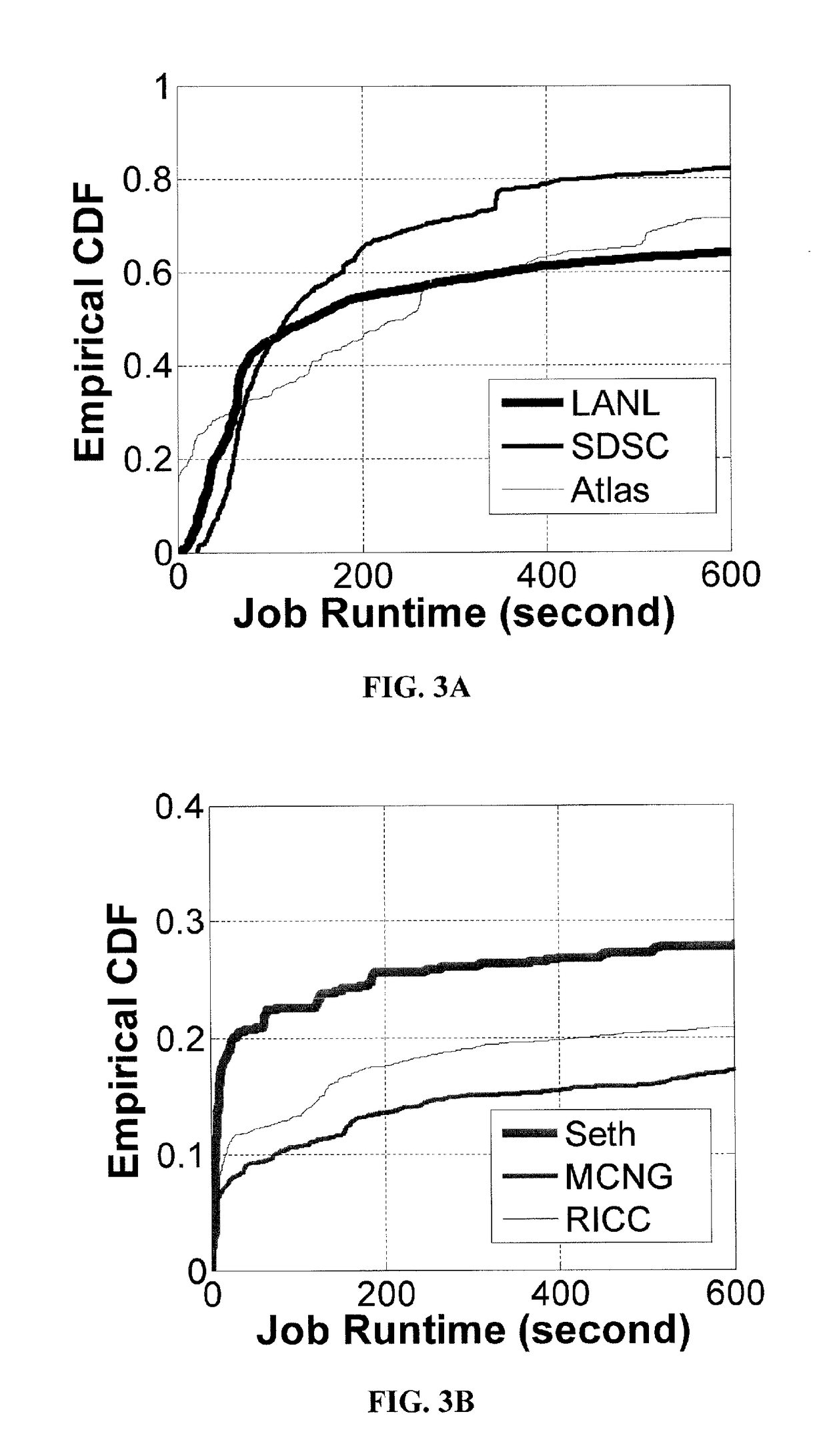Method and apparatus for power management using distributed generation
a technology of distributed generation and power management, applied in emergency power supply arrangements, ac network load balancing, greenhouse gas reduction, etc., can solve the problems of increasing the total cost of ownership (tco), affecting the environment, and extending the turnaround time of jobs, so as to achieve sufficient performance, improve load following efficiency, and reduce carbon footprint
- Summary
- Abstract
- Description
- Claims
- Application Information
AI Technical Summary
Benefits of technology
Problems solved by technology
Method used
Image
Examples
embodiment 1
[0108] A method for managing a power generation system and at least one load, comprising:
[0109]providing a power demand controller; and
[0110]providing an energy management module,
[0111]controlling one or more of at least one power usage used by a corresponding at least one load during a control period via the power demand controller, wherein the power demand controller controls the one or more of the at least one power usage such that a total power usage used by the at least one load during the control period is less than or equal to a power generation level for the control period;
[0112]controlling one or more of at least one power output of a corresponding at least one power generator during the control period via the energy management module, wherein the energy management module controls the one or more of the at least one power output such that a total power output of the at least one power generator during the nth control period is at least the power generation level for the nth...
embodiment 2
[0113] The method according to embodiment 1, wherein the control period is a nth control period of a plurality of consecutive control periods, (a first control period, a second control period, . . . , a (n−1)th control period, the nth control period, a (n+1)th control period, . . . ), wherein each control period of the plurality of control periods has a time duration of Tcp.
embodiment 3
[0114] The method according to embodiment 2, wherein the power generation level for the control period is determined prior to the control period, wherein the power generation level for the nth control period is based on at least a total power usage for the (n−1)th control period, wherein the power demand controller signals the energy management module the power generation level for the nth control period during the (n−1)th control period.
PUM
 Login to View More
Login to View More Abstract
Description
Claims
Application Information
 Login to View More
Login to View More - R&D
- Intellectual Property
- Life Sciences
- Materials
- Tech Scout
- Unparalleled Data Quality
- Higher Quality Content
- 60% Fewer Hallucinations
Browse by: Latest US Patents, China's latest patents, Technical Efficacy Thesaurus, Application Domain, Technology Topic, Popular Technical Reports.
© 2025 PatSnap. All rights reserved.Legal|Privacy policy|Modern Slavery Act Transparency Statement|Sitemap|About US| Contact US: help@patsnap.com



